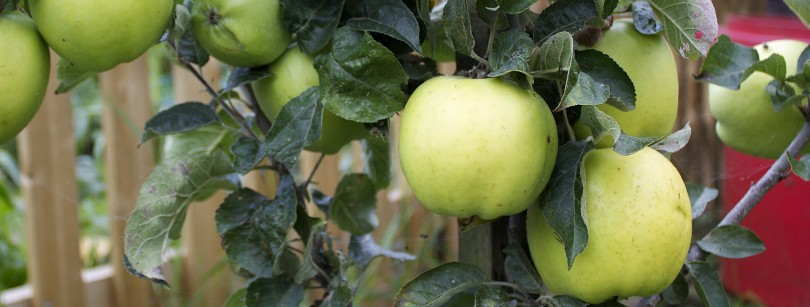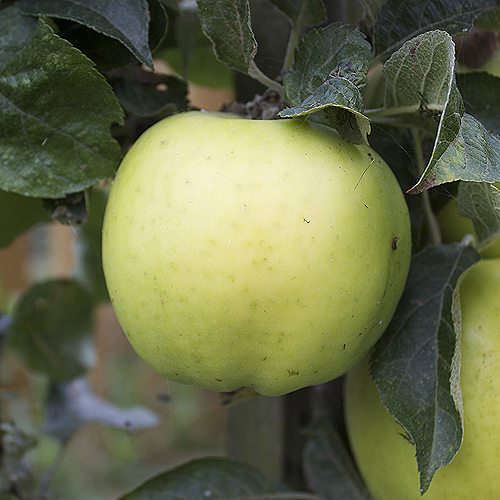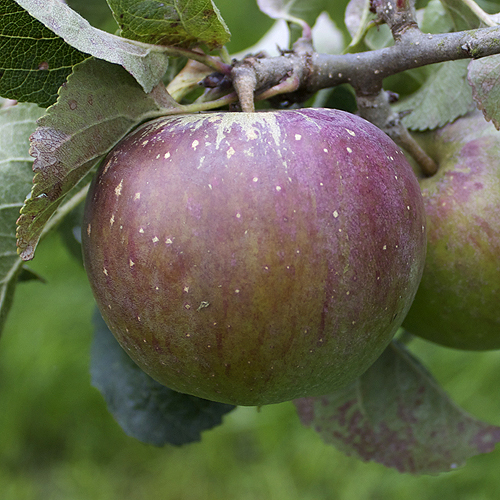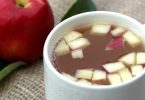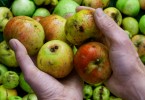When I moved to my current house two years ago, one of the first gardening projects was to plant a pair of apple trees. This week, the wind blew a bit harder than usual and a few fruits fell to the lawn: ripe enough for a first taste test.
Before I reveal my verdict I should point out that two years isn’t really long enough for an apple tree to establish before allowing it to fruit. But they benefitted from their winter pruning and the strimmer made a regular visit to their bases to stop the grass pinching the available nutrients and, come spring, were in full flower and looking healthy. So I picked off a load of buds and allowed just a few to fruit. The thinning process was further aided by my dog who has recently been helping himself to unripe apples.
The criteria used to choose my apple trees was as follows:
• One dessert variety for eating; one culinary variety for cooking
• Two trees that fall in the same pollination group (most varieties aren’t self pollinating so need a mate that blossoms at the same time to aid pollination)
• Varieties that I’m not likely to find down the shops
• Varieties that have alliterative names*
So here are those apple varieties and how they have both performed…
Keswick Codling
This is often described as a ‘dual-purpose’ apple, suitable for eating raw and cooking. In my experience, most dual-purpose apples tend to be cooking apples that don’t make your face contort when eaten raw. The tree itself has shot up in two years, looking exceptionally strong and healthy, which is just as well because the apples it bears are huge.** They’re perfectly tasty raw but a little too powdery for my liking. It is, however, excellent when cooked, breaking down into a soft pulp extremely quickly and retaining a good degree of sweetness. It is also the preferred apple of my thieving dog.
Lord Lamboure
This dessert variety is smaller all round – the tree slower growing, shorter and thinner (and, at one stage, having more apples than leaves) with apples less than half the size of the KC. But what it lacks in size, it makes up in looks. The apple is a stunner, turning a rustic red on ripening with a light haze that gives way to a slightly russeted shine on polishing. Its also got a great taste: crisp and juicy, highly aromatic and with a good slap of acidity. Perfect to pick and munch straight from the tree and, I suspect, also useful for cider making if I’m rewarded with a bumper harvest in future years.
*Not really a criteria, but a good coincidence.
**Despite their strength the branches have been staked for extra support – those strong gusts of wind could easily cause a potentially fatal snap for a young tree.
This is a sponsored post


